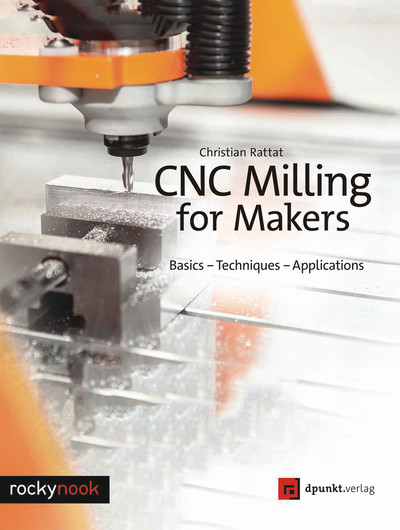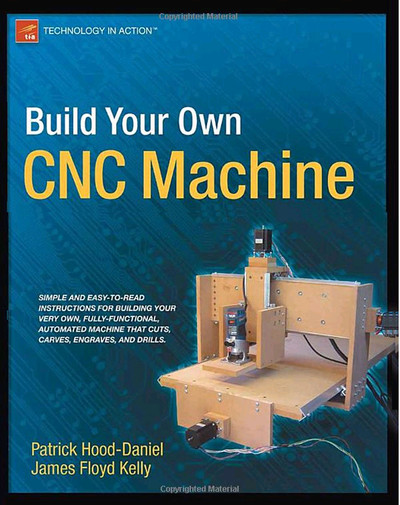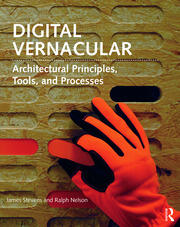Parts of an End Mill
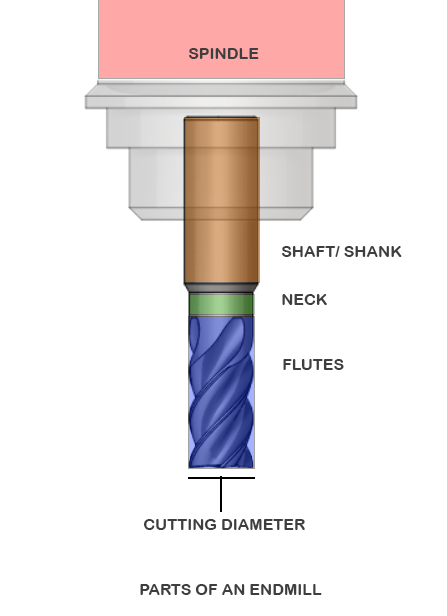
Cutting Diameter: This is the part of the end mill that will make contact with the stock material. The cutting depth should be no more than 1/2 of the cutting diameter. Cuts that are deeper than this metric require multiple passes. Multiple passes add more time to a cut, so be sure to choose an end mill with a cutting diameter proportional to the depth of the cut.
Flutes: End mills can vary in number of flutes, as well as helix angle. Flutes can be “upcut”, “downcut” or “compression cut” depending on the direction of rotation of the flutes about the center axis.
Neck: This part can vary in length and diameter, depending on the purpose of the end mill.
Shaft/Shank: This part of the end mill that the attaches to the spindle. There is a device called a “collet” that securely holds the shank as the device spins.
Types of End Mills
There are many types of specialty end mills. Here are some end mills we offer in multiple sizes at the Makerspaces at William and Mary.
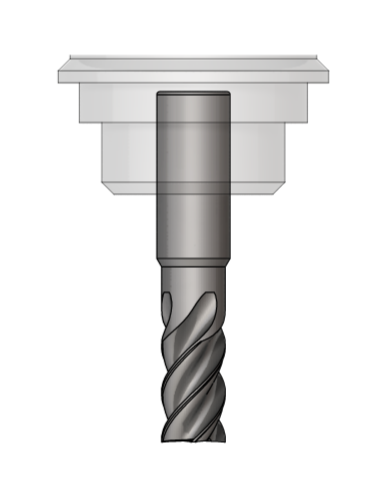
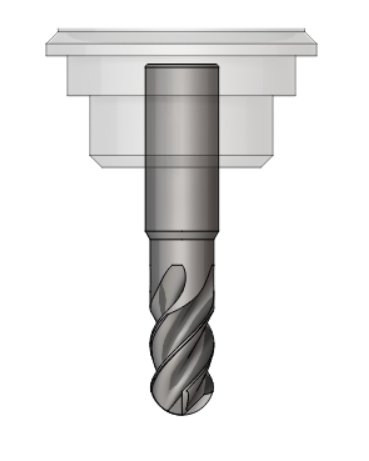
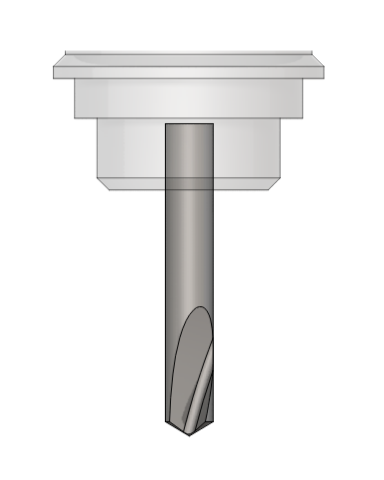
Flat end mills are perfect for most hard surfaces, but they can have difficulty cutting softer plastics. These end mills produce a flat, milled surface with perpendicular walls.
Ball-nose end mills create a slotted or rounded cut.
Spot drill end mills are useful for creating chamfered surface. More extreme angles can even be used for engraving the surface of materials.
Additional Resources
These resources are available through the Swem Library. William and Mary students, staff, and faculty may access digital copies of these materials through their personal devices. Community users can access digital copies of these materials on computers at Swem Library.
